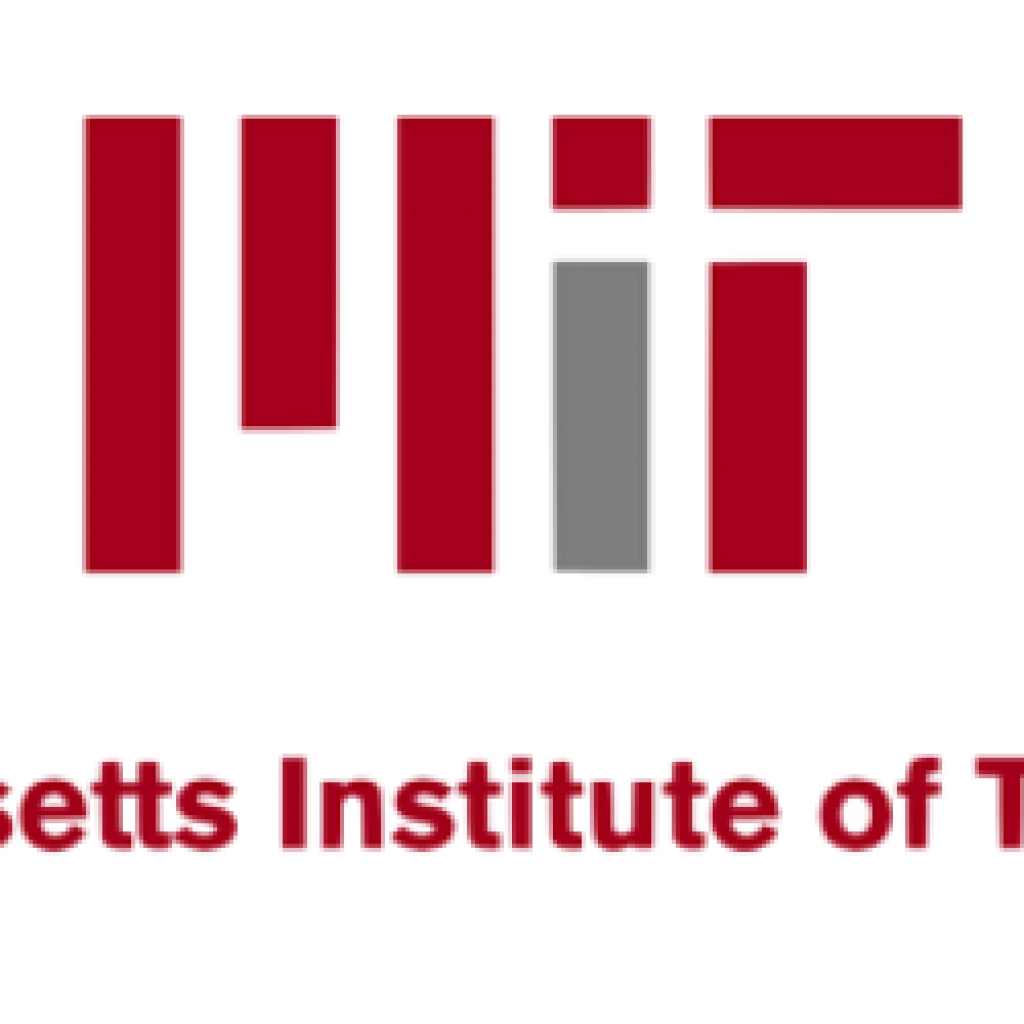(PCMag.uk) Quantum computing is currently transitioning from being a scientific curiosity to technical reality, according to William Oliver, principal investigator in MIT’s Engineering Quantum Systems Group.
In recent years, he notes, we’ve seen a number of major advances, including the creation of machines with 20-50 qubits, and cloud-based services that make such systems available to more researchers.
Currently, Oliver says there are three major approaches being studied. First is work towards a universal, fault-tolerant quantum computer. This may be good for solving a variety of tasks, such as decryption, database searching, and linear equation sampling, but will require lots of qubits, so is still a way off.
The second approach would be a digital and analog quantum simulator, which would typically be deployed as a coprocessor with a classical computer, providing significant speed-up over classical algorithms. This would be useful in things like quantum chemistry, where you want to simulate the behavior of complex molecules, in areas such as material science or drug interactions.
The third approach is the quantum annealer, which is available with more qubits today, and is designed for things such as route optimization. This might be good for the “traveling salesman” problem, and other kinds of transport optimization, but he said it is unknown if this will really result in a speedup over classical computing.
Quantum Computing Moving Out of the Lab Says Principal Investigator in MIT’s Engineering Quantum Systems Group
